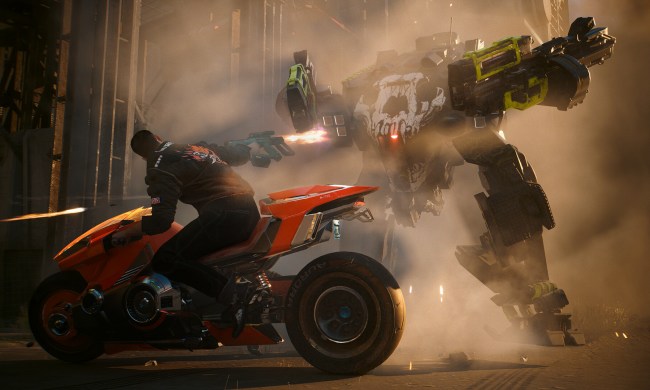These techniques worked swimmingly for a while, but the developer eventually caught on (in some part due to the popularity of posts like ours, I would imagine) and patched them out of the game in subsequent updates. The exchange rates and what merchants carried were adjusted to nullify the pearls exploit, while the cow hide problem was handled with the addition of a vicious Chort that would come to kill you if you spent too long tormenting cows.
With the release of its first major expansion, Hearts of Stone, developer CD Projekt Red has added a sly wink to those exploits in the form of an encounter with a tax collector. When running through the streets, Geralt might now be stopped by Walthemor Mitty, Deputy Tax Enumerator representing Revenue and Customs for Occupied Temeria. This bespectacled bureaucratic functionary then proceeds to essentially audit Geralt, pointing out the apparent disparity between his profession and the rapid rise of his personal wealth.
Mitty specifically grills Geralt on whether he has been taking part in “the wholesale trade of rawhide in the White Orchard area” and “the acquisition of bivalves with the express intention of selling the pearls therein.” YouTube channel WhatsMyGame, whose videos shared the money exploits in the first place, has posted a video of the exchange, which you can see above.
The whole scene is quite funny and self-aware. Also, is Walthemor Mitty an oblique literary reference to the protagonist of James Thurber’s classic short story, The Secret Life of Walter Mitty? That’s marvelously nerdy if it is the case.


